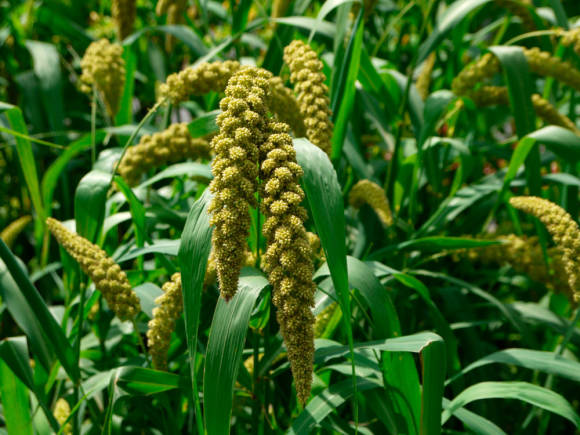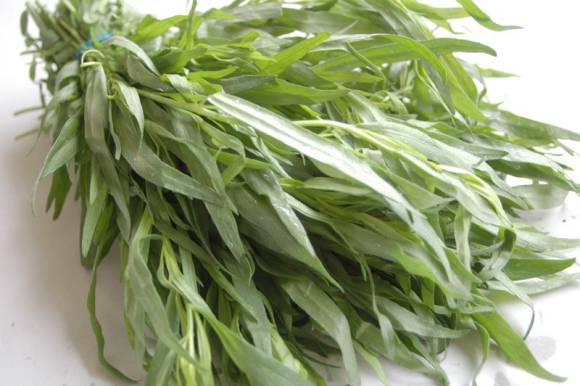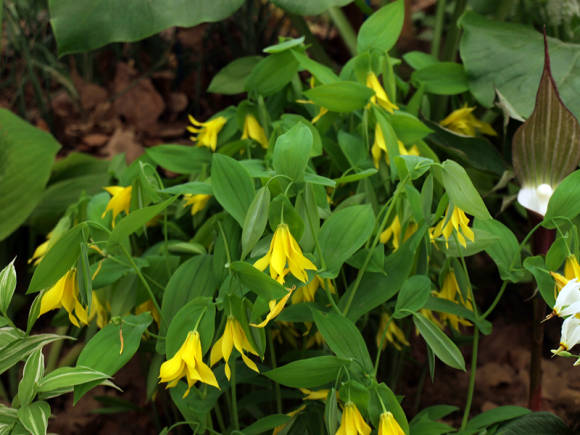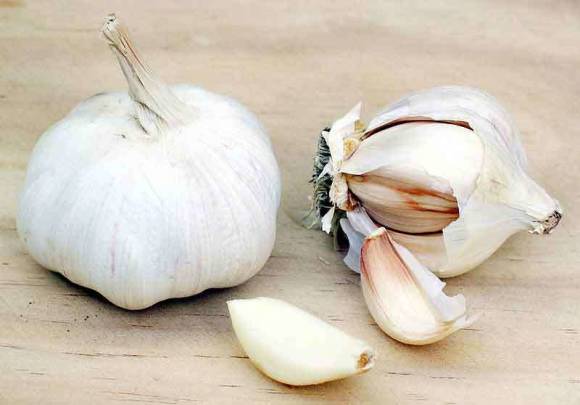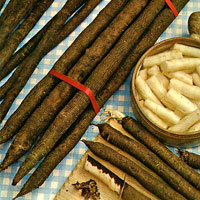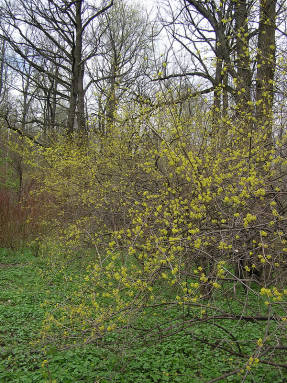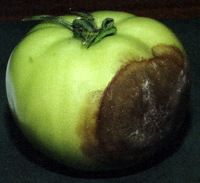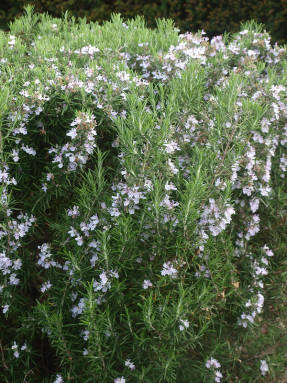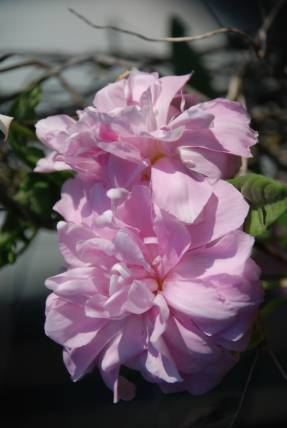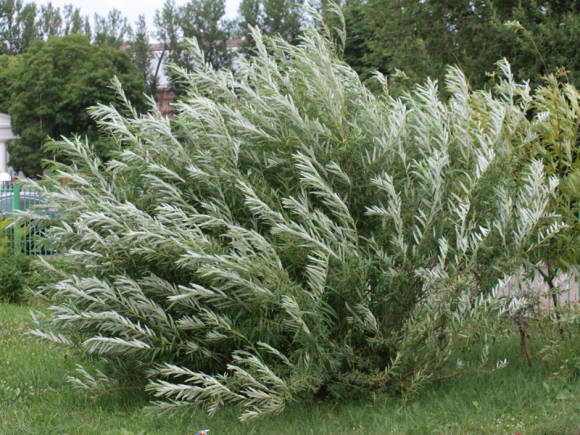 |
Wisteria chinensis f. alba |
Wisteria, wisteria (Wisteria) belongs to the legume family. The genus is named after the American professor of anatomy Caspar Wistor and includes 9 species common in the subtropical regions of East Asia and North America.
Wisterias are magnificent deciduous lianas that are prized for their abundant long and colorful flowering, delicate feathery foliage. Representatives of the genus are the best among the flowering vines for decorating large pergolas, gazebos, terraces, balconies and walls. Wisteria planted near the wall of a tall building, a long terrace (and in general, under successful circumstances), wisteria can be grown without pruning or slightly shortening the growth. But in most cases, the vine is limited in growth, giving it a certain shape and then holding it within the specified limits. So that wisteria does not grow too much in size, all annual growths at the end of summer are shortened, leaving 20-30 cm. plants appear on lateral, thinner branches located at the base of the growths, which should be pruned for rejuvenation and shortening. Summer pruning of wisteria is desirable, but not required, as its effect on plant growth is negligible.
Wisteria propagates by sowing seeds, layering, root and stem cuttings. For gardeners, propagation by layering in spring or summer is most preferred. Wisteria is planted in a permanent (warm, calm and sunny) place in the spring. While it can tolerate any garden soil, it is best to plant it in deep, nutrient-rich soil with good drainage and a slightly alkaline reaction. After planting, wisteria may not show signs of growth for several months. In the first years of development, lianas grow long and thin shoots. In adulthood, dense knotty wood with a diameter of up to 15 cm is formed, and the trunks in some species reach 20 m in height.
The cold resistance of wisteria is low (after all, it is a native of the subtropics), in the most resistant species it is about -20 ° С, therefore wisteria is grown only in the southern regions of Russia, and also slightly in the Kaliningrad region.
The most widespread in the south of Russia are two types of wisteria: Chinese and abundantly flowering wisteria (multi-flowered).
Chinese wisteria (Wisteria chinensis) Is a beautiful densely leafy liana, reaching a height of 15–20 m, with gray smooth shoots, which with age take the form of powerful ropes up to 15 cm in diameter. Leaves are compound, large, dark green, pubescent when blooming, later glabrous. Spectacular light purple, sometimes white, flowers are collected in drooping loose brushes up to 30 cm long. Wisteria blooms in May, but individual clusters can be present on the plant throughout the summer. The fruit is a pubescent pod, up to 15 cm long, with one to three rounded yellowish-brown seeds.
 |  |
Wisteria chinensis f. alba | Wisteria chinensis |
Chinese wisteria is very light-requiring. Demanding on the soil, prefers moist deep fertile soils. It tolerates city conditions and short-term temperature drops to –20 ° С. Growing fast. It is widely used in vertical gardening in the south of Russia. It is very effective during the flowering period, it is one of the most beautiful vines. If this wisteria is systematically pruned, it can grow into an erect standard tree that looks great in single plantings on a large lawn or lawn. Once again, I would like to warn you that you should not plant wisteria, especially Chinese, near the walls of low buildings, as it grows strongly and can fill sewers and ditches, climb onto the roof.
This species has several decorative garden forms, for example, W. chinensis f. alba - with white flowers, W. chinensis f. plena - with double flowers.
Abundant flowering wisteria, or multi-flowered (Wisteria floribunda) is similar to the previous species, differing from it in lower height (8–10 m) and larger leaves up to 40 cm long. The leaves themselves, which make up a complex leaf, are smaller and more dense. Violet-blue flowers of smaller size are collected in larger inflorescences, up to 50 cm long. It blooms two to three weeks later than Chinese wisteria, and the opening of flowers from the base of the brush gradually, while in the previous one, the flowers bloom almost simultaneously. The fruits remain on the plant throughout the winter. More frost-resistant and decorative than Chinese wisteria. It is widely used in vertical gardening. Has several interesting decorative forms: W. floribunda f. alba - with white flowers, W. floribunda f. rosea - with pale pink flowers, W. floribunda f. violaceo-plena - with double purple flowers, W. floribunda f. variegata - with variegated leaves.
 |  | |
Wisteria floribunda f. plena | Wisteria floribunda f. rosea | |
 | ||
Wisteria floribunda Longissima alba | ||
